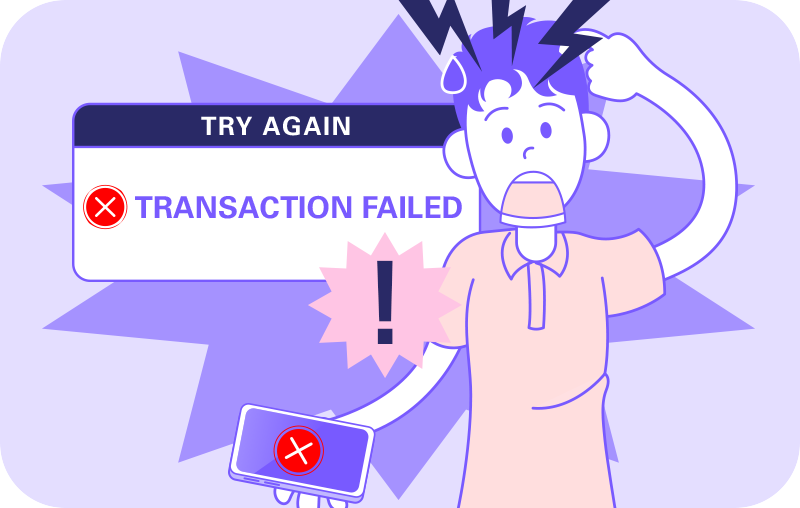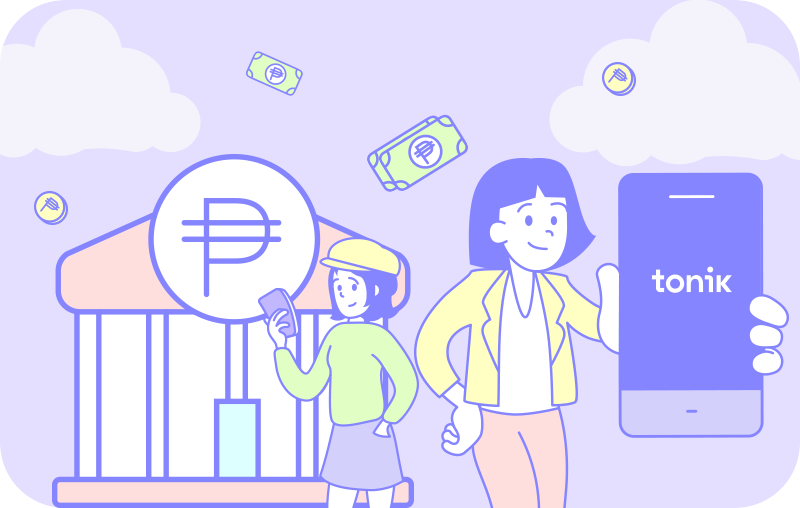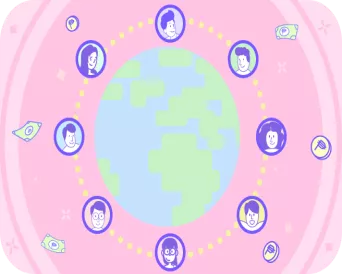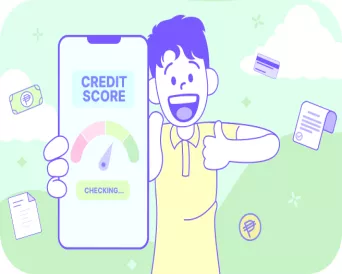
Digital Banking in Southeast Asia: Insights from Tonik’s Strategic Development Expert
There is so much room for growth and innovation in Southeast Asia’s digital banking landscape -- especially here in the Philippines. But because the industry is still in its initial stages of development, there are some critical gaps that need to be addressed before digital banking can fully take off in the region.
In an episode of On Call with Insignia Podcast, our Strategic Associate Jui Takle shares an overview of the digital banking industry in Southeast Asia -- and how Tonik is working to bridge these gaps and revolutionize the way Filipinos do banking.
Of course, we don’t want you to miss out on Jui’s incredible insights, luv. Read on to learn more.
Table of Contents
1. Lack of interoperability is the enemy

Jui says that the digital banking industry in Southeast Asia is still not at a maturing stage. And the biggest hurdle for its growth is none other than the lack of interoperability between digital platforms and payment systems.
If you’ve ever experienced the need to do multiple bank transfers for your funds to reach the right account, then you know what we’re talking about. You see, interoperability allows seamless transactions between digital platform systems. In the podcast, Jui mentions India’s UPI system as a good example of interoperability. The UPI system basically allows real-time, interbank peer-to-peer and person-to-merchant transfers every single time. Sweet, right?
But Jui believes this can be a reality in Southeast Asia, too. In fact, Jui says government intervention is not necessary to achieve this goal. Fintech companies just need to work together to introduce interoperability in the industry.
“In any ecosystem, the first thing that develops is payments, and then the rest follows,” says Jui. “So, I would say that there is still some time for Southeast Asia’s [digital banking industry] to mature.”
TOC2. Digital banks must address the critical need for better customer experience and product innovations

“These days, people don’t want to stand in long lines. Today, they just want everything done quickly on their phones,” says Jui. “And they want personalized experiences.”
As the first neobank in the Philippines, Tonik has got this down pat. Just look at our Tonik App. You’ll see that once you open it, the first thing that will pop up is your first name. You’ll get reminders about your account. Plus, it’s super easy to do any transaction on the Tonik App. Whether you’re saving up in our Stashes, transferring funds, or signing up for a Credit Builder Loan… it’s just that easy!
TOC3. How Tonik is revolutionizing digital banking in the Philippines

Did you know? There is an ongoing evolution of digital platforms. Many digital platforms are now capturing the financial services aspect of the industry.
But Jui says this is good news for Tonik.
“I believe that this additional feature adds to the stickiness of other product offerings and increases their long-term value,” says Jui. “This definitely gives avenues for fintechs like us to seek partnerships and leverage their data. So, I don’t see it as a negative, I see it as a positive.”
Tonik has already started leveraging this evolution by its acquisition of TendoPay in 2022. TendoPay is payroll-enabled financial solutions platform offering salary-backed lending in the Philippines.
“My colleague and I worked on this deal because we felt it was a good fit with our other products,” explains Jui. “We wanted to add to our secured lending gambit of products since the risk is lower in these types of loans -- and found TendoPay to be the best strategic fit.”
Speaking of loans, there is another way that Tonik is revolutionizing the digital banking space in the Philippines. How? Simple. Tonik has started tapping the unsecured lending market in the country with a variety of loan products.
“To give you a little perspective, the unsecured consumer lending market in the Philippines is now about $15 to $20 billion,” says Jui. “And [it] has the potential to grow three to four folds because the Philippines’ unsecured consumer loans to GDP is the lowest in the region.”
With very few key players who have captured the market, Jui believes that there is a big chance for Tonik to grow in this niche.
TOC4. Assessing blue oceans in the fintech space

If there’s anything that Jui learned after 12 years working in the fintech space, it’s recognizing the importance of a blue ocean market. But what are blue oceans exactly? Simply put, a blue ocean refers to a market space where there is little or no competition.
As the first neobank to get a digital-only bank license from the BSP, we have always been a disruptor. That’s why we are focusing on providing services to the unbanked and underserved -- particularly the younger and tech-savvy Filipinos who are looking for a modern and convenient banking experience. (Just like you, luv.) And rest assured, as an innovator, we will continue to be on the lookout for more blue ocean markets to conquer and serve.
But this move is certainly made with caution. And this is something Jui has made clear as she wrapped up the podcast episode. Here’s how she puts it:
“One of the things I learned was not to take blue oceans for granted. Just because a space is considered a blue ocean, it doesn’t mean that there is a product-market fit for it or that it will be acceptable in a certain region. It’s important to understand the drivers and limitations in different regions.”





